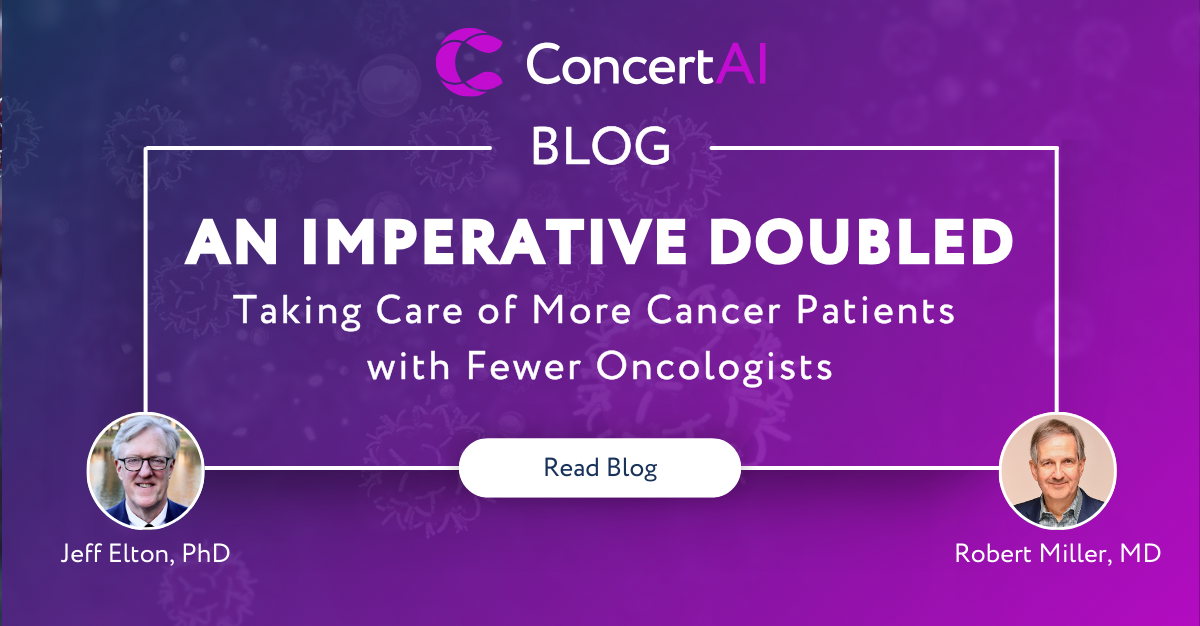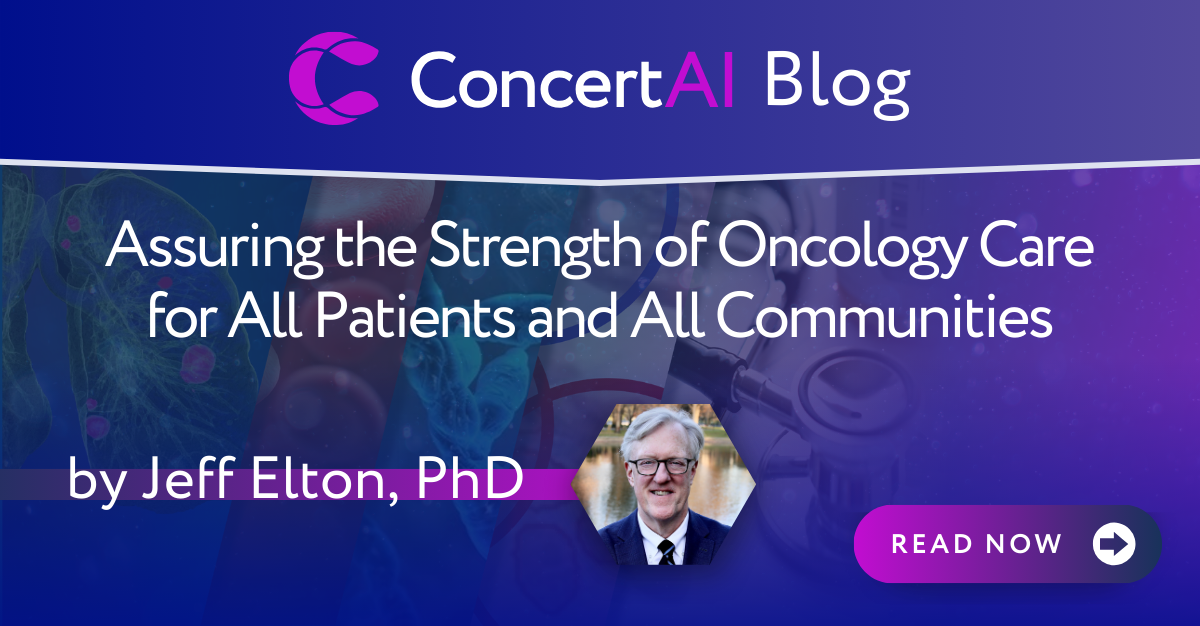
By Jeff Elton PhD, CEO, Patrycja Missiuro, PhD, VP Product; Judith Mueller, PhD, VP Data Science
COVID-19, and the negative impact the pandemic wrought on in-flight trials and new trial initiations, accelerated work on digital clinical trial solutions that was underway.
First, eSource
The concept of electronic source (eSource) is not new. eSource is defined as capturing data from their source where that source is available in an electronic, digital, or an otherwise machine-retrievable format. As the definition implies, eSource entails capturing data in their original, electronic format versus adding a paper transcription to an electronic system or manually entering information later into a new electronic system – avoiding the double or triple entry of data.
Concepts for it appeared formally in 2006 when the Electronic Source Data Interchange (eSDI) Group within the Clinical Data Interchange Standards Consortium (CDISC) issued a paper entitled “Leveraging the CDISC Standards to Facilitate the use of Electronic Source Data within Clinical Trials.” eSource guidance began to emerge from the U.S. Food and Drug Administration and European Medicines Agency (EMA) in 2013 with a set of webinars and other forums to further the goals of eSource throughout 2014. Formally, this was an active period wherein the FDA issued “Guidance for Industry: Electronic Source Data in Clinical Investigations” in September 2013, directions that were largely consistent with the EMA’s 2010 “Reflection Paper on Expectations for Electronic Source Data and Data Transcribed to Electronic Data Collection Tools in Clinical Trials.”
Now, a clear path
While our definition of digital clinical trials is broader than the original definitions of eSource – e.g., inclusive of clinical trial design, digital and artificial intelligence-augmented site identification, AI-assisted patient identification for study eligibility, unstructured data processing into electronic case report forms (eCRFs) – it is the foundation from earlier guidance, plus some of the more recent additions to this guidance for Software as a Medical Device (SaMD) applications, that now create a clear path for a wholesale and accelerated move to integrated digital clinical trial solutions.
The pandemic
For the better part of the last decade, limited progress was made and only a few aspects of the eSource model predominated clinical development technologies – until the pandemic. A broader move of clinical development processes to the cloud and digital-only solutions met barriers of new digital investment scale versus legacy costs and complex organizational structures slowing its pace. Costs of legacy infrastructure and processes range from tens to hundreds of millions of dollars per organization. Clinical operations organizations were often defined by subfunctions that aligned to specific phases of the process and sets of technologies, reducing incentives for a group to eliminate the need for their expertise. Biopharma partners mirrored much of the same construct and therefore had a comparable structural and functional “lock-in.” Furthering the inertia was that the legacy system worked, furnished critical deliverables, and generally met its timetables. Guidance existed, but was thin, and had very limited use-cases supporting a hard pivot to a pure eSource-centered approach.
Then came COVID-19 and the effective shut-down of traditional clinical trials. Sites limited patients joining trials. Some moved trial participants back to standard of care therapies. Many new studies were unable to open. Access to physical sites was limited to local clinical personnel (essential at that) and patients. Even supportive caregivers and family members were not allowed into facilities. Traditional technologies and ways of working showed their limitations in this new access-, time-, and technology-constrained world.
Digital, eSource, decentralized and other remote and electronic solutions have existed for years but not at scale. These solutions always seemed at the margins of CRO and biopharma practices, belonging to special innovation and feasibility groups versus serving as a core standard of how work should be done for study design, set-up, conduct, and close-out. But now the role of these solutions is shifting at an accelerating pace. In one narrow category – decentralized trial solutions used for COVID-19 vaccines and therapeutics studies – some company revenues have grown almost 300 percent this year alone and even higher over the entire pandemic.
The paradigm shifts
What is important to understand is that digital clinical trials represent a paradigm shift that implies a set of aligned changes that are creating the elements of a new system. One-off or partial digital capabilities aimed at only the currently urgent bottlenecks provide relief at best. When the entire system is redesigned is when performance and new functionalities emerge that can ‘bend’ clinical trial quality, cost, and speed curves.
Oncology-related clinical trials are the largest area of biomedical innovation – estimated at 40 percent or more of the total number of sponsored clinical trials. It is also a very unique area within clinical development. Patients often undergo quite complex therapies, sometimes as combinations of medicines, pre-treatment with chemotherapeutic agents or radiation oncological therapy, and ongoing monitoring of response or progression using imaging studies and serial biopsies – all taking place within highly specialized facilities.
Paradigm Shift: Jeff Elton, PhD describes one way data as a service contributes to the paradigm shift underway.
Running these studies requires:
- Identifying patients within clinical workflows for study eligibility based on the latest structured and unstructured EMR data such as data extracted from notes, pathology, radiology and other imaging reports using natural language processing (NLP)-based AI models, molecular profiles, images, and other data is foundational.
- Running studies where all data come from verifiable source systems for each critical study element – not as interpreted, but as captured from source systems. For example, imaging is critical in solid tumor studies as the gold standard for progression or response. Accessing images and image series over the life of a study is preferable to radiologists’ interpretation reports.
- Diversity of sources for assurance of representativeness is also critical. Single EMR sources are insufficient, as various data modalities come from multiple systems, including LIS (laboratory information system), practice management system, diagnostic, molecular, and imaging to name a few. Across all data sources, furthermore, establishing data provenance and all technical and processing touchpoints will be required for reliability and the highest levels of veracity.
- Finally, these activities are integral to the workflows of healthcare providers. Study designs have a highly consultative phase for establishing intent and configuration within provider workflows. So, neutrality, discretion, and deep respect for the confidentialities and operating requirements of patients, providers and biopharma innovators are vital.
The solutions today that are known as ‘decentralized’ trial solutions function well when data collection is remote, usually in the patient’s home or comparable setting, using FDA-approved devices for biometric measurements and a device cloud for collection. But this approach is not how oncology works or could work. What, then, does eSource and related developments mean for the movement of oncology, hematology, and urological clinical trials to fully digital and intelligent models?
- Study design – The primary objectives of clinical studies depend on their phases and the characteristics of the disease they are treating. Today, real-world data (RWD) informs the design of studies by reflecting the diversity of outcomes across patient subpopulations and settings of care. As such, leveraging RWD at the earliest phases of studies is becoming standard for internal use. Here, advanced software solutions that utilize large datasets to identify study specific cohorts with AI-enhanced insights and optimizations are increasingly helping clinical leaders in biopharma to define inclusion and exclusion criteria, treatment arms, assessments, visit schedules, safety thresholds, etc. RWD analyses are also part of consultative early conversations with regulators, reflecting the unmet medical needs of the current standard of care; the targeted sub-population for the study or set of intended studies; approaches that assure representativeness and generalizability of study results to the full population; and the characteristics of clinical sites targeted for participation.
- Digitally-confederated Clinical Network – Introducing an eSource approach that is integral to a diverse set of practice sites requires a pre-defined clinical network versus an ad hoc or rapid site initiation based only on patient eligibility. There are technical, clinical informatic, and codification requirements for integrating the approach into different environments. There is also a great amount of heterogeneity in clinical source systems, imaging systems, laboratory information systems (LIS), and practice management systems. It is the accommodation of this heterogeneity with an ‘enter once’ mindset and principle of software-as-a-service (SaaS) solution design that will be the catalyst for healthcare providers and sponsors of fully digitally integrated systems. Also, requirements for diversity of sources and assurance of representativeness and bias minimization will further drive equity and access. We are entering the age of digital trial networks that confederate different sites and legal provider entities into an integrated and consistent set of workflows for trial oversight and conduct – another foundation for new levels of speed, productivity, precision, and high-confidence study datasets.
- Patient ID – All research personnel and patient-facing clinicians will eventually use AI-SaaS solutions to augment their identification and assessments of patients who are potentially eligible for studies. Accordingly, patient identification solutions should be based on the criteria from the digital protocol that emerged for RWD and AI-informed study designs. These solutions will get ‘smarter’ as they move from reading structured and molecular data only to accessing the full unstructured data with natural language processing-enabled AI models. The key to success is having these solutions integrated into the healthcare provider’s workflows so that assessments of standard of care treatment options and potential clinical studies are simultaneous and of comparable complexity.
- Consent as part of life-long patient engagement – Consent has been traditionally thought of as an FDA requirement and sponsor-designated service. Yet, consent now can take on different forms and can enable new research approaches, including studying treatment durability, long-term efficacy, and long-term safety with patient long term outcomes in mind. The combination of advanced research clinical networks and new electronic or eConsent paradigms will enable the use of different forms of data and new research models over a therapeutic entity’s entire lifecycle.
- EMR, LIS, Imaging and other data source standards for Interoperability – Interoperability is a major challenge for all studies that requires accessing a complex set of systems to manage both study conduct and data collection. In the end, the ability to identify patients for study eligibility and then run a fully digital and eSource-compliant trial hinges on the completeness of data access; the ability to map and codify these sources consistently; and the consistent and independent rules and models for processing unstructured data into measurable variables that meet generally accepted criteria (e.g., derived from peer-reviewed approaches) or that may be novel for a specific study but supported with retrospective RWD analyses.
- EMR/other Clinical Sources to eCRF – Data captured from studies will digitally populate electronic case report forms (eCRFs) aligned to study protocols and the targeted electronic data capture (EDC) systems. The eCRFs provide a seamless audit trail for data monitoring and verification. Today, data collected can be reviewed and approved within these systems. The core of new eSource approaches for fully digital clinical trials will be libraries of clinical resources with their respective source mappings and codifications, translated into a set of sponsor-specific or generalizable electronic eCRFs. This is a complex process that requires the integration of deep clinical informatics, disease, clinical research, and RWD abstraction knowledge, guiding AI-based models for converting unstructured data into structured mappings. It will open new research designs and approaches, encourage broader participation of providers, and shrink trial timelines. This area is also where data provenance, monitoring, safety, and quality become integral to digital workflows and increasingly automated.
- Clinical to EDC – At present, most major biopharma and CROs request that study data be delivered to their standard EDC environment. However, as we move towards a true and integrated eSource model with full data provenance and high transparency for collection, coding, accuracy, and quality confirmation – an analytic-ready dataset as the deliverable of the digital clinical trial process – we believe this process in time will no longer require EDC systems. The same collection and delivery process that biostatistical teams use, in other words, will be available for regulatory review.
An innovation stack
Legacy clinical trial approaches and processes are failing trial sponsors, cancer patients, and their providers. The ongoing COVID-19 pandemic has painfully exposed the inadequacies of legacy technologies to enable more effective and efficient digital clinical development solutions. That’s why we are on a collective mission to build the most advanced technologies and AI solutions for digital oncology clinical development.
Before the pandemic, we already had decided to launch the first integrated set of AI-driven clinical research solutions and a complete digital clinical trials network as a single integrated whole. This goal required re-envisioning how clinical research could be entirely integrated into clinical workflows of healthcare providers, especially at the community level, while enabling end-to-end digital workflows for the biopharma sponsor to deliver enormous benefits in accuracy, reliability, time, and cost.
Putting the word “digital” in front of “trials” does not magically make the challenges of advancing clinical research through an ongoing pandemic go away. What’s considered end-to-end can turn out to be limited in practice. A critical mass of integrated solutions must work together, or else the word “digital” does not materially improve the outcome. As the co-founder of Square, Jim McKelvey, notes in “The Innovation Stack,” solutions that change how work is done require solving a myriad of small, mind-numbing problems and bottlenecks while understanding how they are interconnected. Only then can you rebuild, redefine, and transcend legacy to enable new levels of speed, efficiency, and support of the most needed biomedical innovations.
As a current leader in digital oncology RWD and digital clinical trial solutions, ConcertAI’s first deployments are underway with network expansions coming each quarter in 2022 and 2023. This vision has already resulted in the largest active digitally-enabled oncology, hematology, and urology research capacity in the industry. But it’s only the beginning. As we enter 2022, we will continue our valued partnerships with leading healthcare providers, biomedical innovators, and allied clinical development services companies. They bring a spirit of collaboration, challenge, and commitment that is always humbling and inspiring. For us, nothing is more compelling and commanding of our energies than the promise this holds during what continue to be challenging times to everyone and, even more so, to those who are the most vulnerable – patients.

